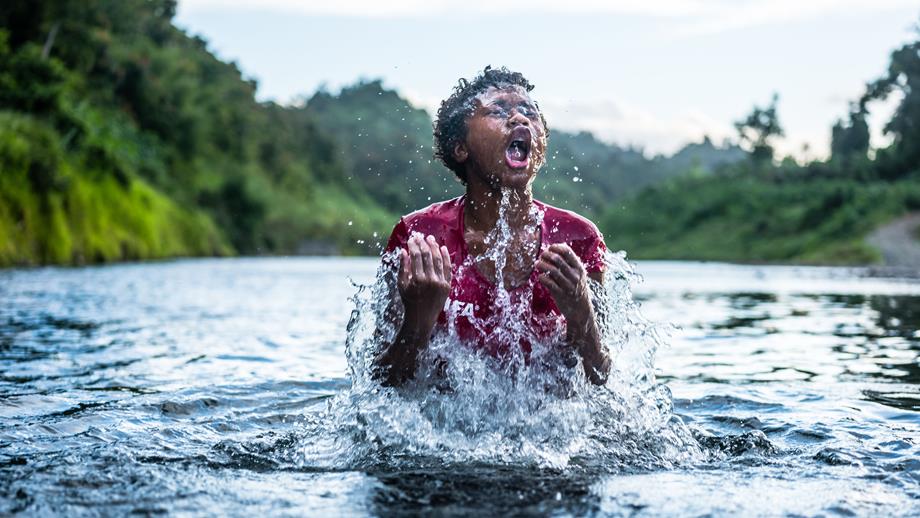Background
Why focus on drowning
Drowning is a leading global killer, responsible for 360,000 deaths annually (WHO 2017). This is on a similar scale to diseases such as diarrhea and measles, a generation ago. But drowning is currently a silent epidemic, unrecognised and under-resourced, particularly in low and middle-income countries where over 90% of all deaths occur, and where it is often the leading cause of child injury and mortality.
- 360,000 drownings a year
- 91% occur in LMICs
- 50% under 25 years old
While efforts to raise drowning and drowning prevention as a key health and development issue have been advancing, progress remains too slow. There is an urgent social, economic and moral need to take action.
In 2014, the World Health Organization (WHO) undertook the first assessment of global drowning. For the first time, the scale and geographic distribution of a highly preventable public health challenge was revealed, one that had never been targeted by a strategic, global prevention effort. The assessment sets out current knowledge around drowning and drowning prevention, and calls for a substantial scale-up of efforts and resources, internationally, to reduce an intolerable death toll, particularly among children and adolescents. It placed drowning in the top 10 leading causes of death among children and young people in every region of the world, with children aged under 5 years most at risk.
In its report, the WHO sets out clear recommendations to address drowning. The report has become a key document for governments and policy makers around the world, raising much needed awareness of the global scale of the drowning issue, impacts on its victims, and opportunities for action. One such recommendation is that countries establish national drowning prevention plans.

What are drowning prevention plans?
‘A drowning prevention plan sets out the main principles, goals, objectives, actions and coordination mechanisms for reducing and preventing fatal and nonfatal drowning. These plans (sometimes called strategies or policies) may focus on drowning generally – or if data, political and/or community pressure dictates, on a specific aspect of drowning, for example swimming pool drowning deaths’
Why EndDrowning.org?
To date, very few countries have developed a comprehensive and evidence based drowning prevention plan. This website advises on good practice and showcases practical examples to support those looking to develop a drowning prevention plan. The examples are varied to ensure they are relevant across a range of different contexts and country settings.
How to use this website
The WHO has recommended a seven-step process when developing a drowning prevention plan. Click the ‘7 Steps’ link on the homepage to read more about each step and what it means. Each ‘step’ includes a number of ‘approaches’ that can be chosen for a particular context or environment. Within each 'approach', you'll find a number of practical 'methods' you can use to achieve your aims. Some of the ‘methods’ are illustrated with case studies to show situations where they have been successfully implemented.
The technical content on this website has been independently reviewed and new content will be added when made available.
References:
WHO Prevent Drowning: an implementation guide
WHO Global report on drowning: Preventing a leading killer (PDF 2,654KB)